A Great Mistake
Late one evening, Rollie Johnson accidentally punched "Stanley 82" into eBay instead of "Stanley 62". He’d never seen an 82 before so he immediately decided that he needed it.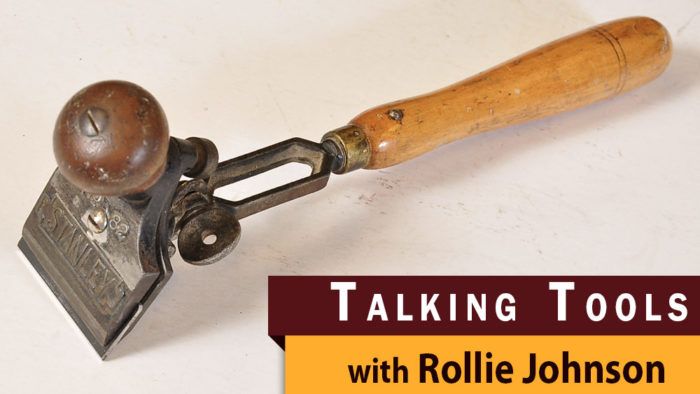
Several years ago, I was searching eBay for a Stanley 62 (bevel up/low angle) handplane to add to my collection. I checked every week or so for over a year without much luck; the 62s that showed up were either junk or way too expensive. Late one evening I decided to check the site and accidentally punched in Stanley 82. Up popped this long-handled scraper-like device. I’d never seen one before so I immediately decided I needed it. There wasn’t much competition and I bought it cheap, a good thing when you’re not sure what you’re buying. The 82 turned out to be one of those serendipitous purchases—once I got it in the shop, I wondered how I had gotten along without it.
The 82 comes in two different types, both numbered as Stanley 82. One type has a short handle, a spring-loaded adjustable head, and uses a double-edged paint-scraper-style blade, although it can accept a straight blade. The other type has a long handle, adjustable head, and no spring. That’s the one you want.
The long-handled 82 shares its blade with the Stanley 80 cabinet scraper, so replacement blades are easy to find. Most scrapers will need one. Any good quality high-carbon steel or tool steel that is at least 0.040 in. thick will work, so you can easily make your own. Lee Valley makes a great replacement blade.
The blade is sharpened at 45° and a light burr (one light pass of a burnisher) is pulled across the sharp edge with the burr facing away from the bevel. The burnisher should be held just shy of 90° to the bevel side of the blade. With the blade correctly sharpened, this scraper will produce curls just like a sharp card scraper. It provides tons of directional control with low physical effort because it’s essentially a pull plane. Keep the blade edge flat and the corners sharp so it scrapes flat and right to the corner of the blade. Typically, I can get three or four burrs before I need to resharpen the blade, pretty much like a card scraper. Install the blade bevel-up with the burr facing you.
The adjustable head can be set to take comfortable advantage of the burr on the blade. I found that with a little experimentation, one particular angle seems to work best for the burr that I typically pull. With the front knob removed, it’s easy to reach into the corner of a drawer or into the back corner of a cabinet to clean out excess glue or straighten out a surface flaw. The blade can be shifted a bit to the side, exposing the edge for cleaning up rabbets or pulling glue away from a partition in a cabinet, one reason for keeping those corners sharp.
With a sharp burr it’s easy to clean up gluelines without tearing out the grain of the wood, even if the glue has dried overnight and is hard. Leveling string inlay is a breeze and getting rid of the slight indiscretion between laminated boards takes just a couple of pulls. It’s an incredibly versatile tool.
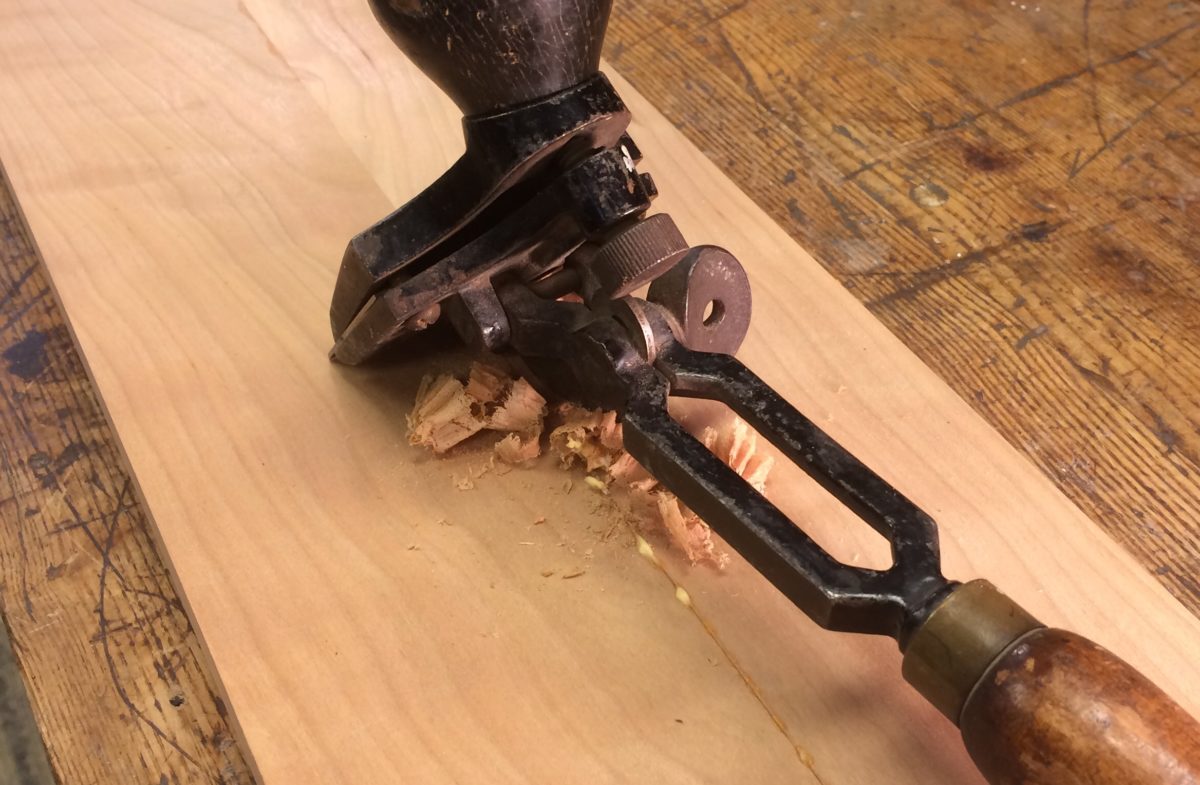 Unfortunately, these gems are no longer manufactured, so the only choice is to find a used one. Make sure that all the parts are intact and that the castings haven’t been broken. The thumbscrew that holds the head in position is large and has a hole drilled through it to ease tightening; a 16d nail works great! If the screw has been replaced with a bolt, which seems somewhat common, it’s not a deal-breaker but the price should be considerably lower because of it. I find that once I’ve adjusted the head angle I seldom change it, so if it’s a bit cumbersome it’s no big deal.
Unfortunately, these gems are no longer manufactured, so the only choice is to find a used one. Make sure that all the parts are intact and that the castings haven’t been broken. The thumbscrew that holds the head in position is large and has a hole drilled through it to ease tightening; a 16d nail works great! If the screw has been replaced with a bolt, which seems somewhat common, it’s not a deal-breaker but the price should be considerably lower because of it. I find that once I’ve adjusted the head angle I seldom change it, so if it’s a bit cumbersome it’s no big deal.
I now have three of the long-handled scrapers in my shop and have given a few more to friends, so they aren’t made of “unobtainium,” they’re just not terribly common. I haven’t paid more than $40 for any of them so you could use that as a price guide, or not. It’s worth the time and effort to find one; you’ll use it frequently.
If you have any tool-related questions for Rollie, send an email to: [email protected]
Fine Woodworking Recommended Products

Veritas Wheel Marking Gauge

Suizan Japanese Pull Saw

Olfa Knife

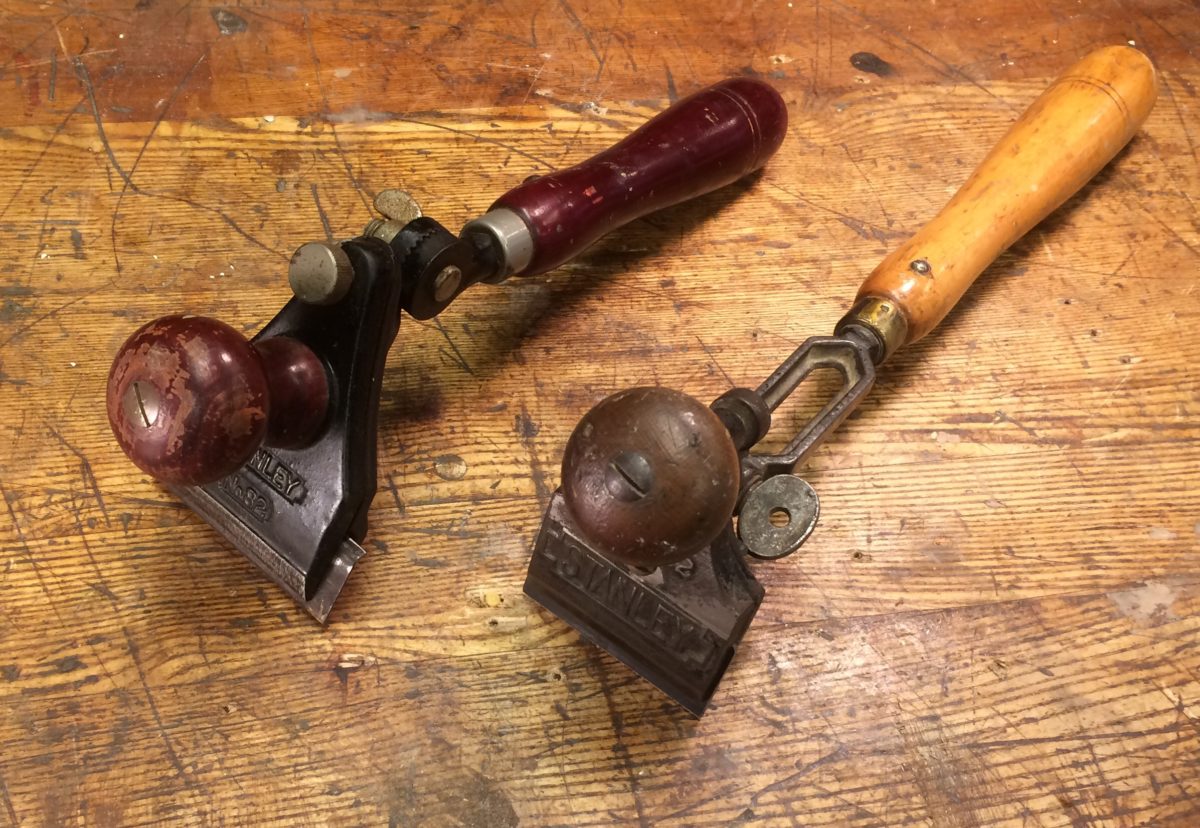
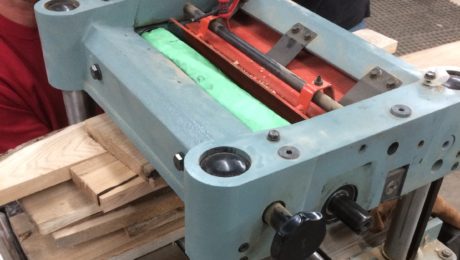
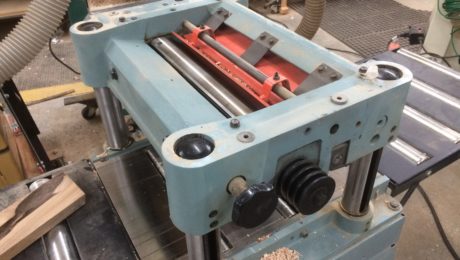
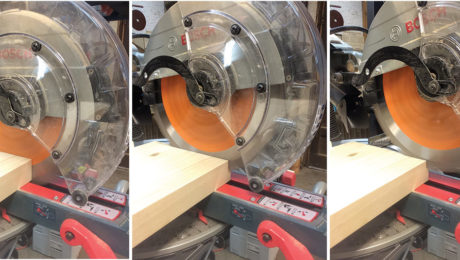
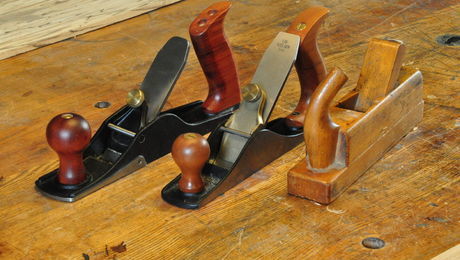


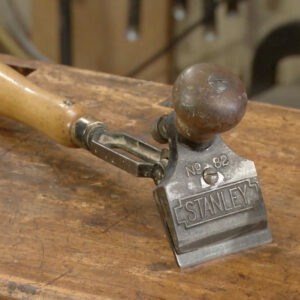
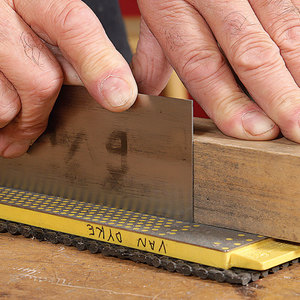

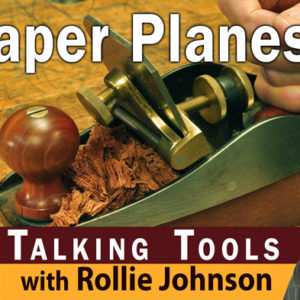
















Comments
Hi Rollie,
Can you explain why the 82 scraper has a bevel on the blade? Seems like the actual working burr edge would be the same if it weren't beveled.
There is one on Ebay with the bidding up over $100 now.
To "user-6531191": Speaking of the eBay auction, I have one of these great scrapers, going up for sale on eBay today or tomorrow. I just need to take the photos and write the ad. It's in fine shape, bladed, only minor loss of Japanning and minor bits of rust. It's the Type 1, 1907-33 spoken of in the article. The one spoken of above went for $115.00, I believe! I hope that mine goes to a true woodworker, not to a collector. These fine tools were made to be used, not hidden away on a shelf. Keep an eye out for my offer!
And Rollie,
thank you for solving the mystery of the correct edge bevel. That's what I was hoping to learn about from your article.
Log in or create an account to post a comment.
Sign up Log in